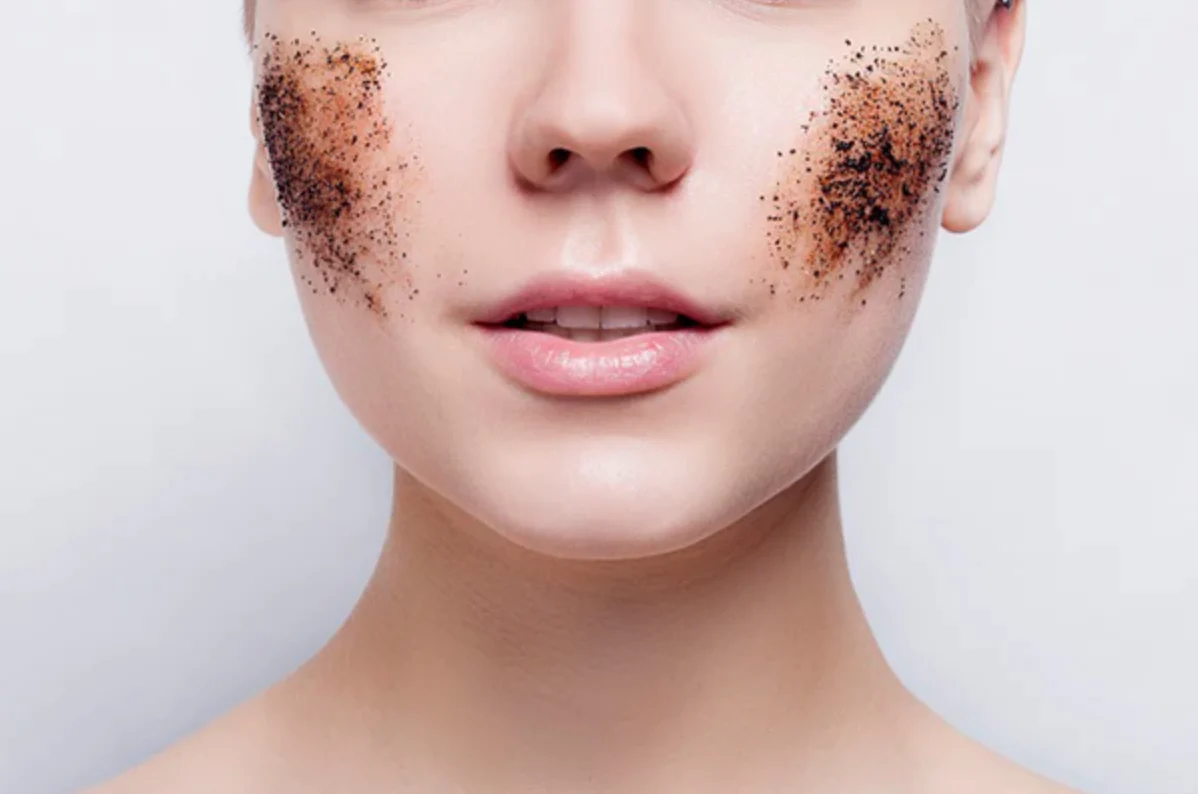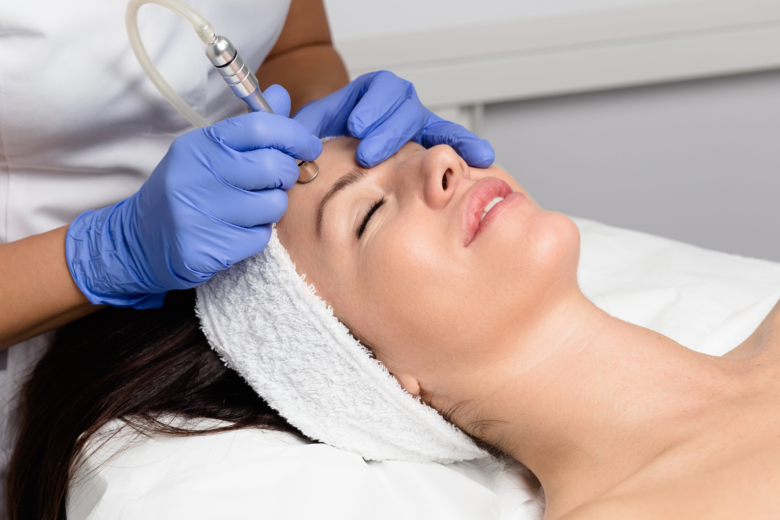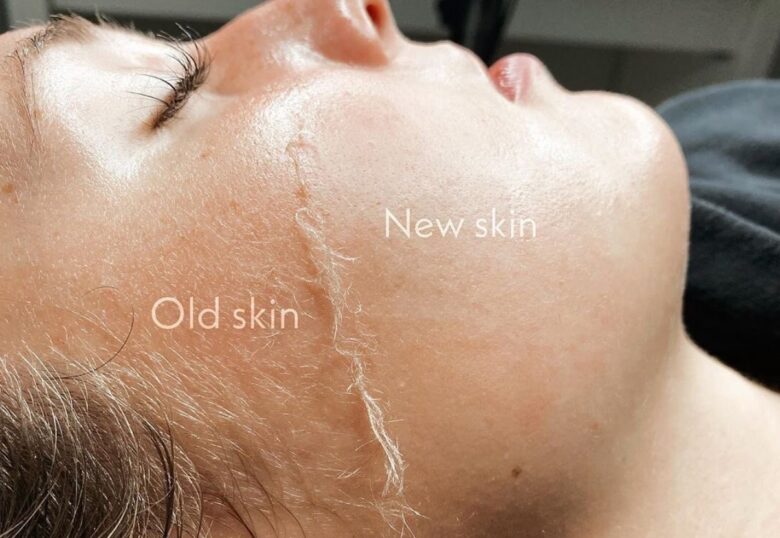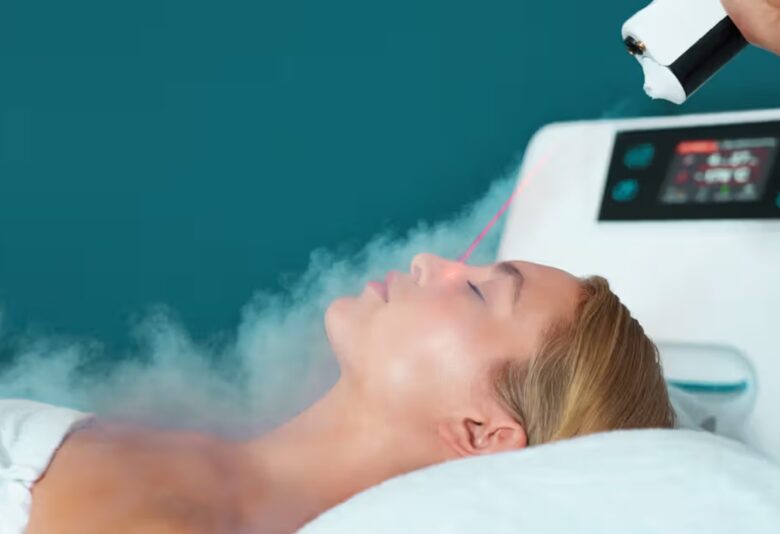Achieving healthy, glowing skin is a universal desire. With the plethora of skincare treatments available today, it can be overwhelming to determine the most effective options. From ancient remedies to cutting-edge technologies, the quest for flawless skin has evolved significantly. In this article, we’ll explore some of the best skin treatment options, ranging from natural remedies to advanced medical procedures.
Contents
Cleansing and Exfoliation
The foundation of any skincare routine is proper cleansing and exfoliation. Cleansing removes dirt, oil, and impurities from the skin’s surface, while exfoliation sloughs away dead skin cells, promoting cell turnover and revealing fresh, radiant skin. Gentle cleansers containing ingredients like salicylic acid or glycolic acid are ideal for daily use. Additionally, exfoliants such as scrubs or chemical exfoliants can be used 2-3 times a week to maintain smooth, clear skin.

Source: dermstore.com
Moisturization
Hydration is key to maintaining healthy skin. Moisturizers help to replenish the skin’s natural moisture barrier, preventing dryness and keeping the skin supple and smooth. Look for moisturizers containing ingredients like hyaluronic acid, ceramides, or glycerin, which attract and retain moisture in the skin. Applying moisturizer twice daily, especially after cleansing, helps to lock in hydration and protect the skin from environmental damage.
Sun Protection
Sun exposure is one of the primary causes of premature aging and skin damage. Therefore, incorporating sun protection into your skincare routine is essential. Use a broad-spectrum sunscreen with an SPF of 30 or higher daily, even on cloudy days or during the winter months. Reapply sunscreen every two hours, especially if you’re spending time outdoors. Additionally, wearing protective clothing, such as hats and sunglasses, can further shield the skin from harmful UV rays.
Topical Treatments
Various topical treatments can address specific skin concerns, such as acne, hyperpigmentation, or signs of aging. Ingredients like retinoids, vitamin C, niacinamide, and peptides have been scientifically proven to improve skin texture, tone, and overall appearance. Incorporating these ingredients into your skincare regimen through serums, creams, or spot treatments can help target specific concerns and enhance the effectiveness of your routine.

Source: vivantskincare.com
Professional Treatments
For more intensive results, consider professional skincare treatments performed by dermatologists or licensed estheticians. These treatments often utilize advanced technologies and techniques to address specific skin concerns. Some popular professional treatments include:
Chemical Peels: Chemical peels use exfoliating agents, such as alpha hydroxy acids (AHAs) or trichloroacetic acid (TCA), to remove dead skin cells and stimulate collagen production, resulting in smoother, more radiant skin.
Infrared Sauna: This form of therapy utilizes infrared lamps to directly warm the body, offering a gentler and more penetrating heat compared to traditional saunas, which heat the air around you. Some of the benefits of infrared sauna include detoxification through increased sweat production, relaxation and stress reduction, pain relief by penetrating deep into tissues, and improved circulation.
In addition, the deep sweating achieved during an infrared sauna session can help flush out toxins and impurities from the pores, leading to clearer, cleaner skin.

Source: ascentlaseraesthetics.com
Microdermabrasion: This non-invasive procedure uses a diamond-tipped wand or fine crystals to gently exfoliate the skin, improving texture, tone, and overall clarity.
Laser Therapy: Laser treatments can target various skin concerns, including wrinkles, acne scars, and hyperpigmentation, by delivering concentrated beams of light to specific areas of the skin, promoting collagen production and cell renewal.
Red Light Therapy: Also known as photobiomodulation, harnesses the power of specific wavelengths of red and near-infrared light to promote skin rejuvenation and healing. This non-invasive treatment penetrates the skin’s surface to stimulate cellular energy production, resulting in a range of benefits such as increa By promoting cellular repair and regeneration, red light therapy offers a gentle yet effective approach to achieving smoother, more youthful-looking skin.
Microneedling: Microneedling, also known as collagen induction therapy, involves the use of tiny needles to create controlled micro-injuries in the skin. This process stimulates the body’s natural healing response, promoting collagen and elastin production. Microneedling can improve the appearance of fine lines, wrinkles, acne scars, and uneven skin texture.
Chemical Peels: Chemical peels utilize various acids, such as glycolic acid, salicylic acid, or trichloroacetic acid (TCA), to exfoliate the outer layer of the skin. By removing dead skin cells and stimulating cell turnover, chemical peels can improve skin tone, texture, and clarity. They are effective in treating acne, hyperpigmentation, and sun damage.

Source: beautycorner.ca
Dermaplaning: Dermaplaning is a manual exfoliation technique that involves using a sterile surgical blade to remove dead skin cells and vellus hair (peach fuzz) from the skin’s surface. This treatment leaves the skin smooth and vibrant, enhances the effectiveness of skincare products, and can also improve the application of makeup.
Ultherapy: Ultherapy is a non-invasive skin tightening treatment that uses focused ultrasound energy to stimulate collagen production deep within the skin’s layers. This results in firmer, lifted skin, particularly in areas such as the face, neck, and décolletage. Ultherapy is an effective option for addressing mild to moderate skin laxity without surgery or downtime.
Platelet-Rich Plasma (PRP) Therapy: PRP therapy involves extracting a small amount of the patient’s blood, processing it to isolate platelet-rich plasma, and then injecting it into the skin or using it topically during microneedling procedures. PRP contains growth factors that stimulate collagen production, accelerate tissue repair, and promote overall skin rejuvenation. It is commonly used to improve skin texture, tone, and elasticity, as well as to treat hair loss.
Cryotherapy: Cryotherapy involves the use of extremely cold temperatures to treat various skin conditions, such as warts, skin tags, and sunspots. Liquid nitrogen or other cooling agents are applied to the skin to freeze and destroy targeted areas, resulting in the removal of unwanted lesions and improved skin appearance.

Source: healthline.com
Conclusion
Achieving beautiful, healthy skin requires a combination of proper skincare habits and targeted treatments. By incorporating cleansing, moisturization, sun protection, topical treatments, and professional skincare options into your routine, you can address specific concerns and maintain a radiant complexion. Remember to consult with a skincare professional to determine the best treatment plan for your individual needs and concerns. With dedication and consistency, you can unlock the secrets to glowing, youthful skin that radiates confidence and beauty.
